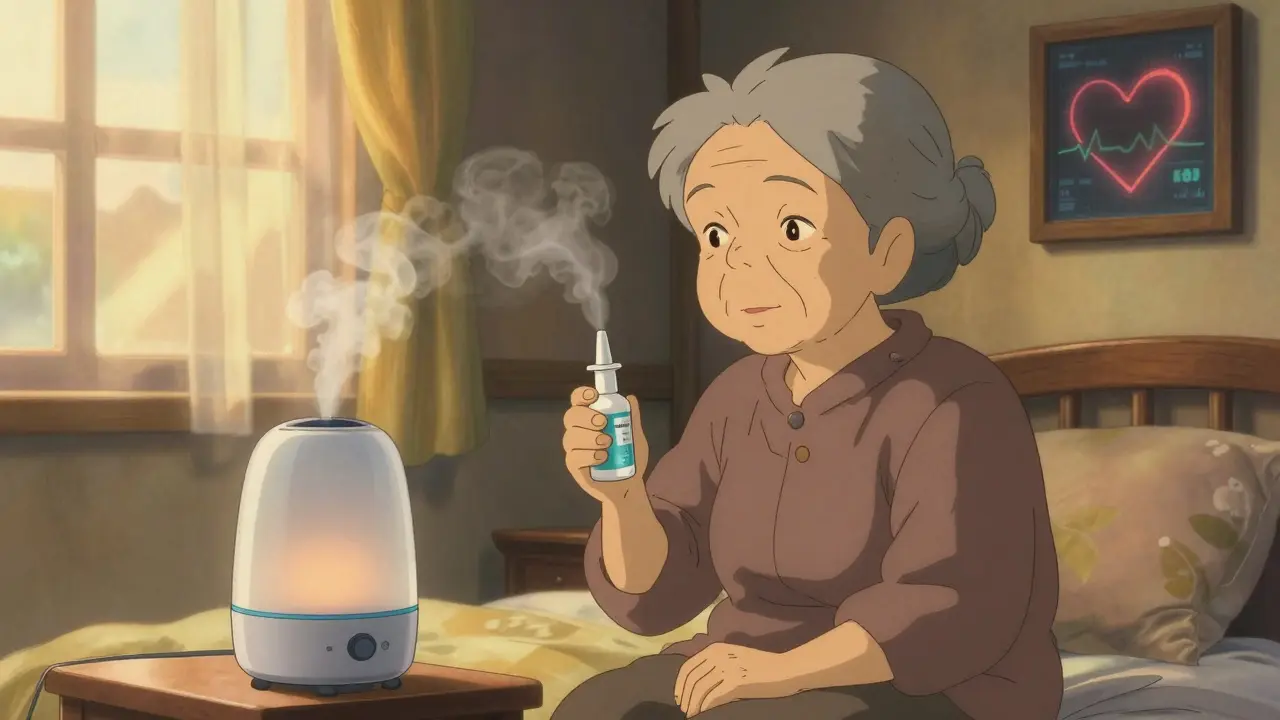High Blood Pressure: What You Can Do Today
One in three adults has high blood pressure — and many don't feel any symptoms. That makes regular checks and simple daily choices the most powerful tools you have. If your numbers are creeping up, you don’t need drastic measures. Small, consistent changes often move the needle more than occasional heroics.
Simple lifestyle steps that work
Cutting back on salt helps. Aim for less than 1,500–2,300 mg a day depending on your doctor’s advice. Swap processed snacks for fresh fruit, use herbs instead of salt, and read labels. Move more: 30 minutes of brisk walking most days lowers blood pressure and helps shed weight. Even short walks after meals help your numbers.
Lose even 5–10% of body weight if you’re overweight — that alone can lower blood pressure noticeably. Limit alcohol (one drink a day for women, two for men at most) and quit smoking. Deep breathing, meditation, or 10 minutes of calm breathing daily reduces stress-driven spikes. Also, aim for good sleep — poor sleep raises blood pressure over time.
Medications and what to expect
If lifestyle changes aren’t enough, medications are safe and effective. Common drug classes include ACE inhibitors (like lisinopril), ARBs (like losartan), calcium channel blockers, thiazide diuretics, and beta blockers. Your doctor chooses based on other health issues, age, and how high your numbers are.
Expect adjustments: your doctor may try one med, check your response, and add or swap drugs until numbers reach the target. Targets vary — many people aim for around 130/80 mmHg, but your doctor will set the right goal for you. Side effects can happen; tell your provider about dizziness, cough, or swelling so they can change the plan.
Track your blood pressure at home with a validated cuff. Take readings at the same time each day, sit quietly five minutes before measuring, and record three readings then average them. Bring that log to appointments — it helps your doctor make smarter choices fast.
Don’t ignore symptoms like sudden severe headache, chest pain, shortness of breath, or one-sided weakness — those need immediate medical care. For routine rises, work with your clinician on a clear plan: goals, meds, follow-up schedule, and lifestyle steps you’ll try first.
Want practical next moves? Buy a reliable home monitor, cut back on processed food, start a daily 20–30 minute walk, and book a check-up if you haven’t seen a doctor in a year. Consistency beats perfection — small changes every day add up to big improvements in blood pressure and long-term heart health.


